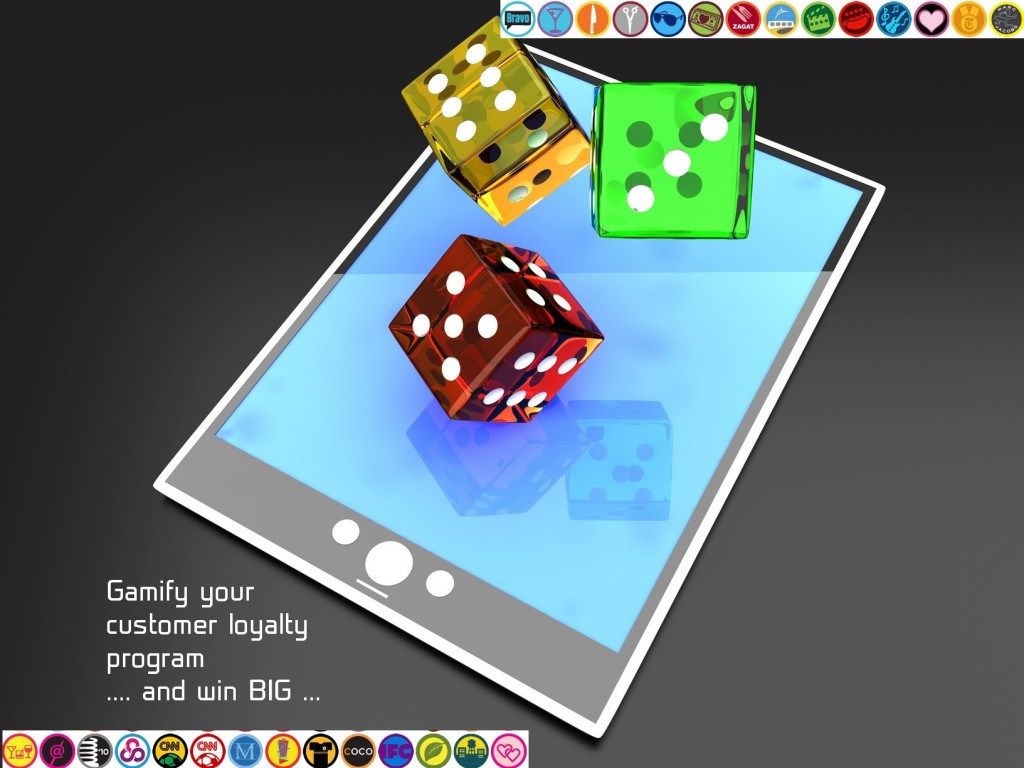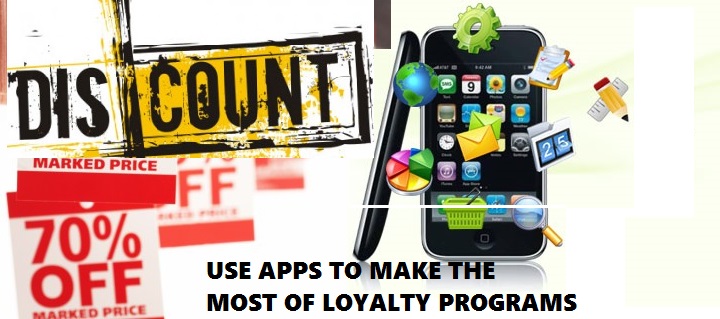Factors that Help Gamify Your Retail Loyalty Program
In today’s highly competitive world, the marketing team of any retail company has to put a lot of effort to woo its targeted customers and retain its existing ones. Customers continue being more curious and less patient these days. This means that a slight window of doubt about your product can move them away from your business.
A result-oriented strategy to keep customers glued to your products/services or maintain their loyalty is to employ gamification into your marketing mix. Didn’t ring a bell? Well, gamification denotes engaging your new and existing customers by incorporating the raw concept of games in your marketing strategy. Here, the games should be more in line of rewards and incentives. These incentives would act as a motivating factor for the customers to continue staying engaged with your business. Let’s check out some vital factors that can drive the gamification endeavors of your company’s retail loyalty program.
Social Factor
Most of the viral games are kind of social in nature. It means that people of almost all ages and from all sorts of backgrounds can play those games. So, your aim should be to integrate your business incentive with such social online games.
A classic example is Samsung that blends social and user interaction by rewarding users for participating in Q&A session, watching videos, reviewing products and other such activities.
Time Factor
I believe that the concept of “limited-time offer” delivers results most of the times. It definitely plays with the mind of the customers, and pushes them to go for the bait. So, when you design a gamification program for your customers, then make sure the first incentive or reward come to them really easily. It should be close enough instead of making it very tough, so that the customers find hard to say no to it.
Challenge Factor
Customers get skeptical when something is easily achievable or accessible. For this reason, it is important to include a little bit of a challenge in the gamification of your loyalty program. Keep a big reward at the end, and the reward should be valuable enough, not just in terms of money. At the same time, remind the customer from time to time about how close he or she is to earning an incentive.
Game / Fun Element Factor
Obviously, fun is the biggest reason why people play incentive based games. It is the fun factor that makes an incentive based game popular and successful. For this reason, from time to time, try to come up with surprises for your customers in the form of freebies or limited offers. This will definitely keep them glued to your loyalty program.
Recognition Factor
The incentive you offer should always be in the mind of the users. If they are not able to recognize what they are running after, then sooner or later they will lose interest in your gamification program. So, always remind them about the forthcoming incentive or reward waiting for them to earn, even if it is a small one.
Do write in to us and let us know how you plan to utilize the immense potential of gamification to enhance your business visibility online.





